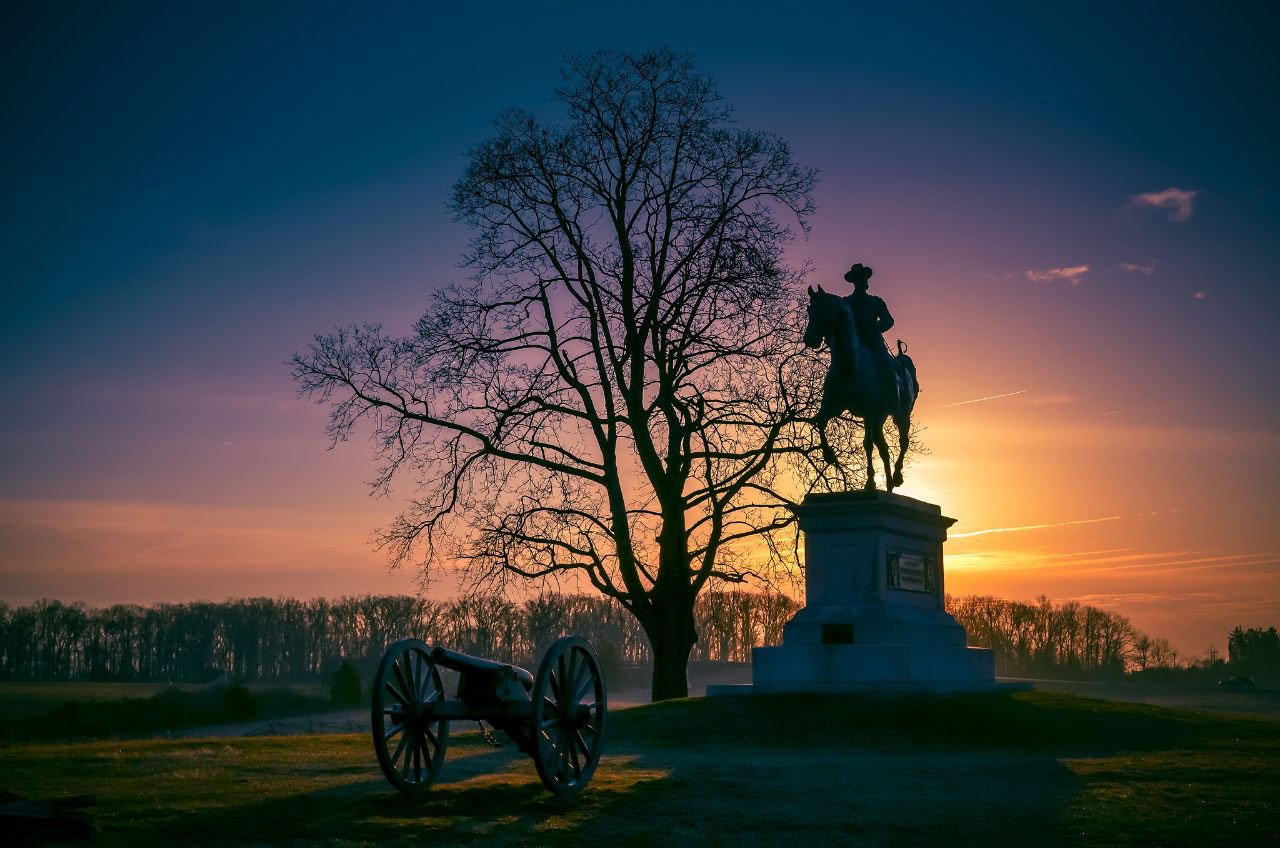The Significance of Historical Attractions
Historical sites offer a window into the past, helping us understand our cultural heritage. Visiting these locations brings history to life, providing educational opportunities not only for students but for all tourists. One of the prime examples is how many visitors are drawn to Colosseum tours to gain insights into ancient architecture and Roman history. These tours highlight how historical sites are more than just remnants of the past; they are vital for cultural preservation.
Exploring the Colosseum through a guided tour offers a captivating journey into ancient Rome, revealing the grandeur of its gladiatorial arenas and architectural marvels. Explore the engineering and history of this recognizable amphitheater to see how it functioned in grandiose events and games. Many tours also provide access to exclusive areas like the underground chambers and the arena floor, offering a unique and immersive experience.
These historical landmarks often tell stories that written texts cannot, making them invaluable resources for learning and exploration. From ancient ruins to meticulously restored castles, each site has a narrative that connects people across time periods and geographies. Not only do they offer a glimpse into the past, but they also help in understanding the evolution of human civilization through tangible structures and artifacts.
How Historical Sites Boost Local Economies
Historical sites draw in tourists, which in turn supports local economies. These attractions are integral to a region’s financial health, from ticket sales to spending in nearby restaurants and shops. According to data from the World Travel & Tourism Council, tourism accounted for over 10% of global GDP in 2019 (WTTC). This means that billions of dollars were generated from the interest in visiting places steeped in history.
Moreover, these sites create job opportunities for locals, ranging from tour guides to hospitality staff. This economic boost helps preserve and maintain the sites themselves, fostering a cycle of sustainable development. For example, local artisans can sell handcrafted souvenirs, and nearby hotels often experience increased occupancy rates, all contributing to a thriving community supported by historical tourism.
Data Trends: The Rise of Heritage Tourism
In recent years, there has been a noticeable increase in interest in heritage tourism. A survey conducted by the National Trust for Historic Preservation found that nearly 80% of respondents sought cultural and historical experiences when traveling. People are becoming more and more aware of how important it is to preserve and understand the past—not just for academic purposes but also for personal pleasure.
This trend underlines the growing value placed on historical education and experience. More people are recognizing the importance of preserving history and are willing to invest time and money to visit these meaningful locations. Whether it’s through guided tours or self-exploration, the demand for immersive historical experiences continues to grow, marking a significant shift in travel preferences across different demographics.
Tips for an Enriching Historical Site Visit
Visiting a historical site can be both fun and educational. Here are some tips:
- Do some research beforehand to understand the historical context. Knowing the background can greatly enhance your appreciation of the site.
- Consider hiring a local guide for in-depth knowledge. A knowledgeable guide can provide fascinating insights that you might miss on your own.
- Wear comfortable shoes since you may be walking a lot. Historical sites often involve exploring large areas, sometimes with uneven terrain.
- Take notes or pictures to remember interesting facts. Documenting your visit can help you recall details long after you’ve left.
You may guarantee a more memorable and enriching trip by planning beforehand. Don’t forget to explore the local culture and cuisine to fully immerse yourself in the historical landscape. Talk to the people who live there, hear their tales, and make an effort to see the area from their perspective.
Case Study: Noteworthy Historical Attractions
Several historical attractions around the world serve as prime examples of how these sites can captivate and educate tourists. Sites like the Pyramids of Giza, the Great Wall of China, and Italy’s Colosseum are perfect instances of destinations that draw millions of visitors annually. Each of these sites is unique yet shares a common thread in making history accessible to all.
These landmarks offer more than just a visual treat; they provide a context for understanding the civilizations that built them. Whether it’s the engineering marvels of the ancient Egyptians or the military strategies evident in the Great Wall, each site is a testament to human ingenuity and perseverance. They symbolize human achievement and provide a tactile connection to our collective past.
Conclusion
Historical attractions are far more than mere tourist spots. They are vital cultural preserves and economic drivers. For the modern traveler, these sites offer a chance to step back in time and acquire new educational insights. So, next time you plan a vacation, consider adding a historical site to your itinerary for a truly enriching experience.
By weaving the wonders of the past into present-day tourism, we support heritage preservation and contribute to a culture of historical appreciation. From boosting local economies to providing unforgettable experiences, the importance of these sites cannot be overstated. They bridge the gap between past and present, offering lessons that are as relevant today as they were centuries ago.











